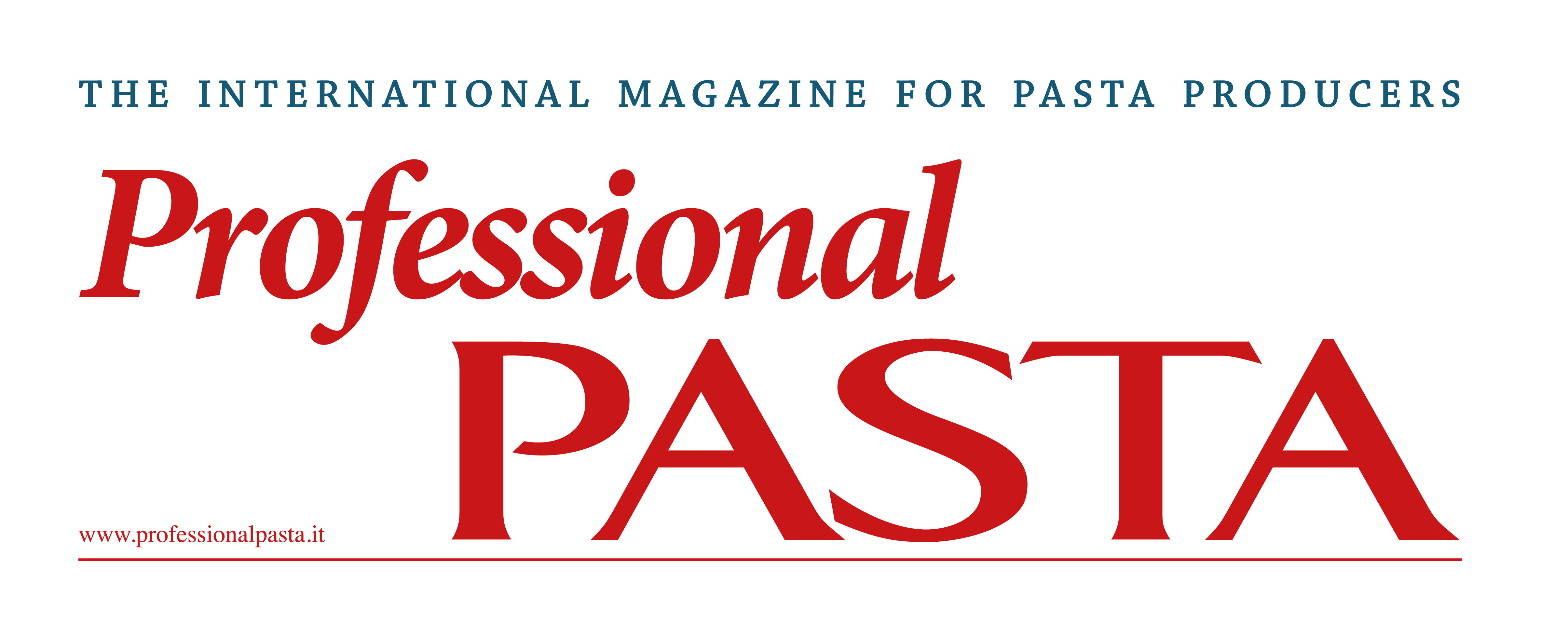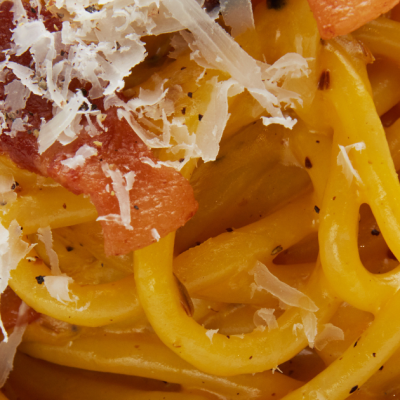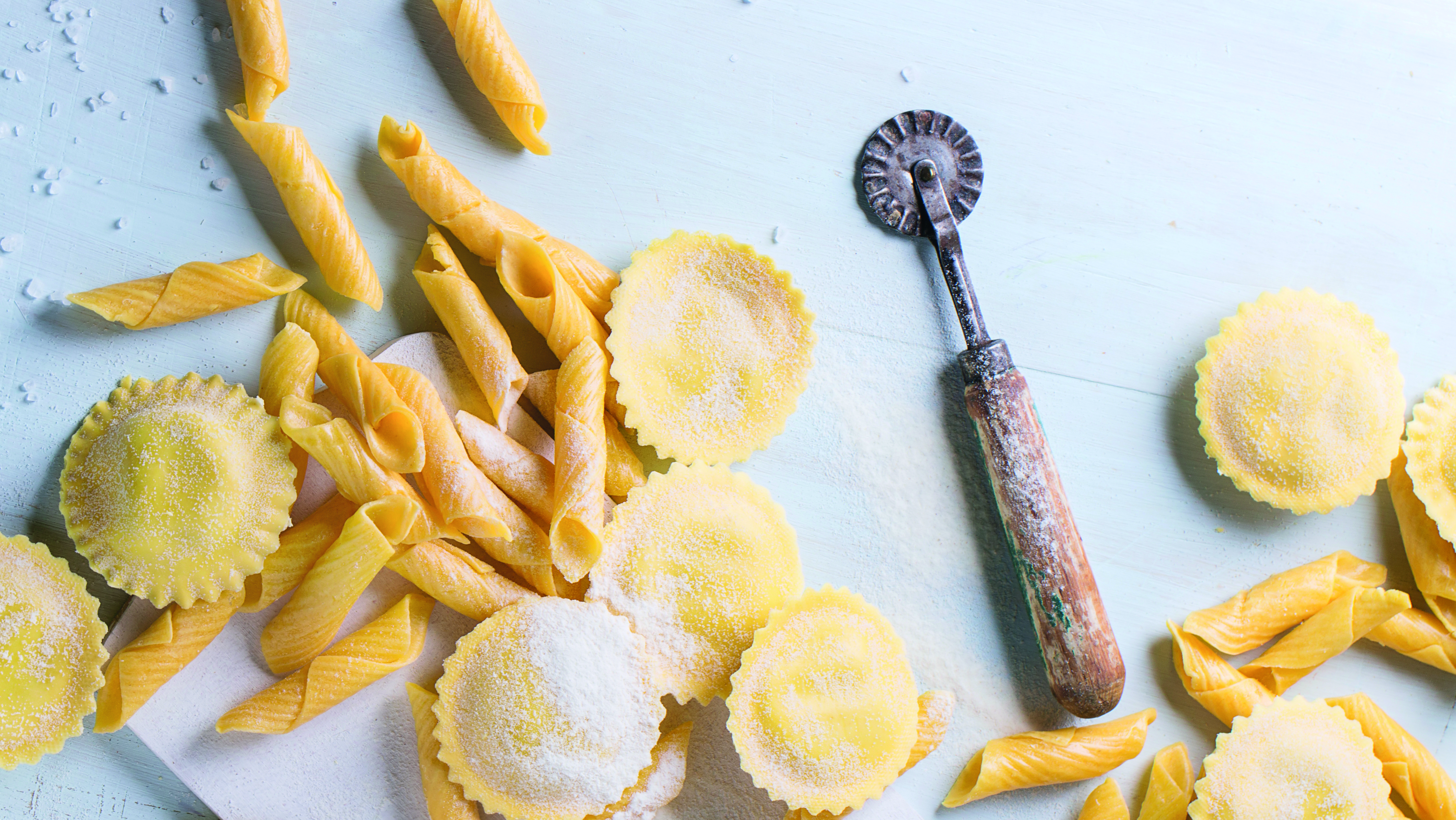Pasta and innovation: opportunity or challenge?
Here few ingredients needed to make sure that innovation happens: “the arms,” meaning the continuous effort made to build knowledge and skills in the area one wants to innovate, “the mind,” meaning intellectual curiosity and a never-ending desire to learn, and finally “the heart,” meaning passion and energy. Starting from these ingredients and their combination, a recipe is created
that is unique because it encompasses the sensitivity and peculiar look of each person, group or company in defining the proportions, dosing and nuances that make each result different from any other. To introduce the concept of innovation in the pasta industry, I like to quote Federico Fellini, a genius who admirably said “life is a combination of magic and pasta.” It is the love for pasta that drives the desire to keep providing innovation, to which two fundamental questions are always related: innovate for whom and why innovate. Very often innovation is a difficult and frustrating process, which brings obstacles and failures with it, although “failure is not the opposite of success. It is stepping stone to success” (Arianna Huffington). However, mistakes, which bring unavoidable pain, are useful as they contribute to increasing and accelerating the process of acquiring knowledge
on the topic around which one wants to innovate.
Does the pasta category need innovation?
Pasta is a traditional product, so deeply rooted in Italian gastronomic culture. This might imply that there is no room or need for innovation. Moreover, today’s tradition was innovation yesterday. And today’s innovation that is relevant and will stand the test of time will become tradition tomorrow. There is no industry without innovation, just as there is no time without change. So, pasta cannot escape being innovated, even if it is debatable whether this is a need or rather an unavoidable law of natural evolution of tastes, consumption, culture and people. Pasta innovation must surely be ingrained the desires, if not the needs, of consumers.
Subscribe to the magazine to read the full article








